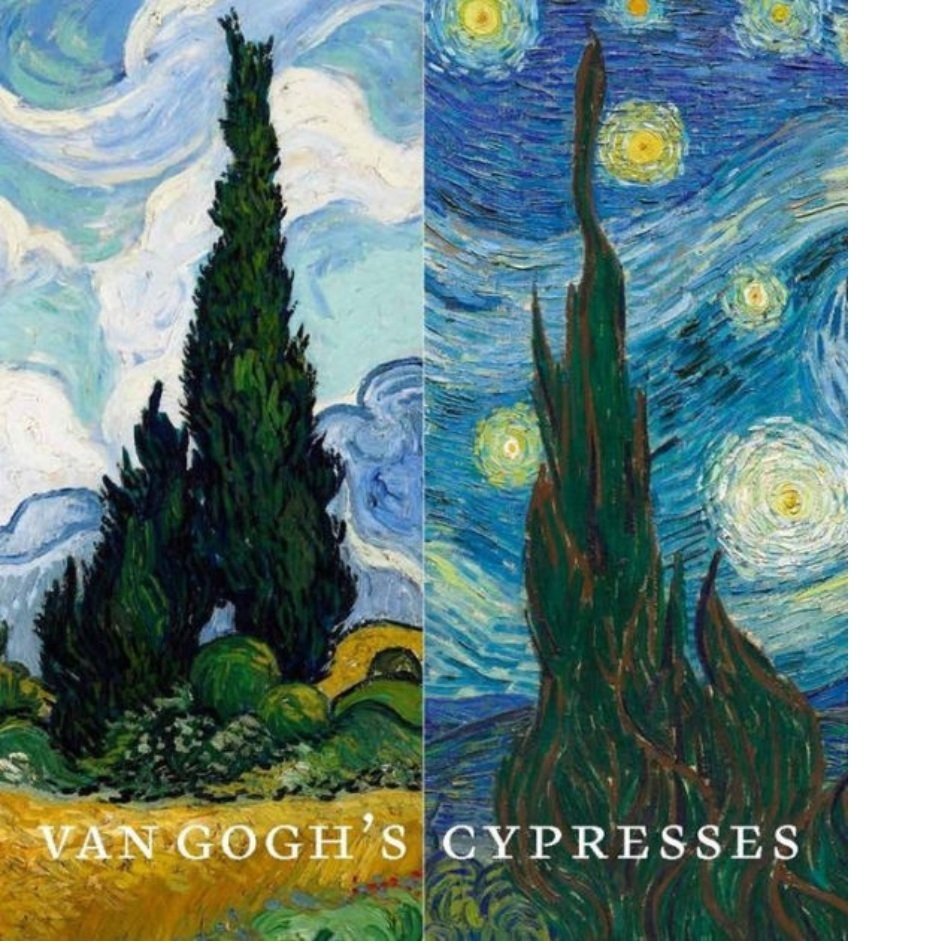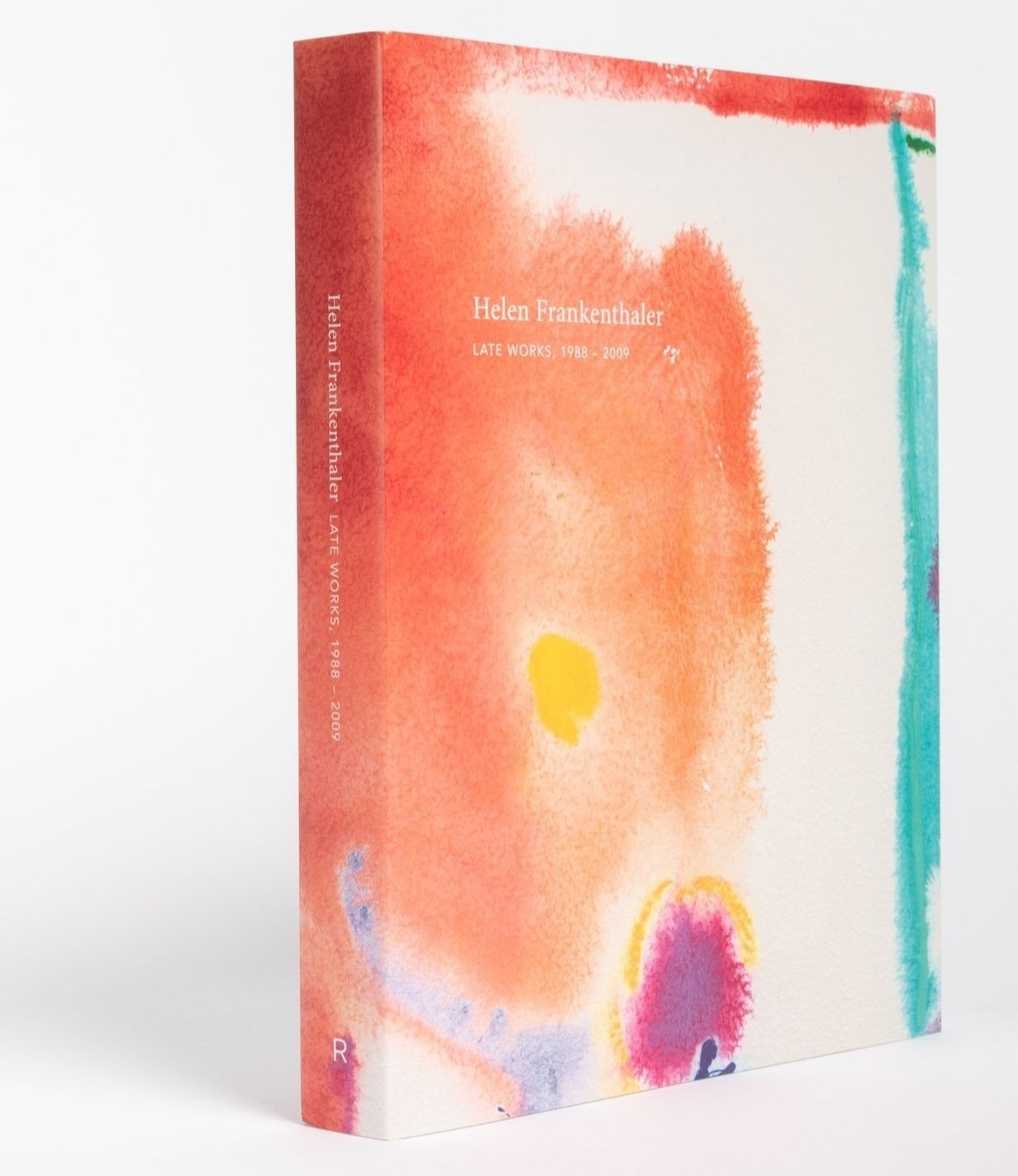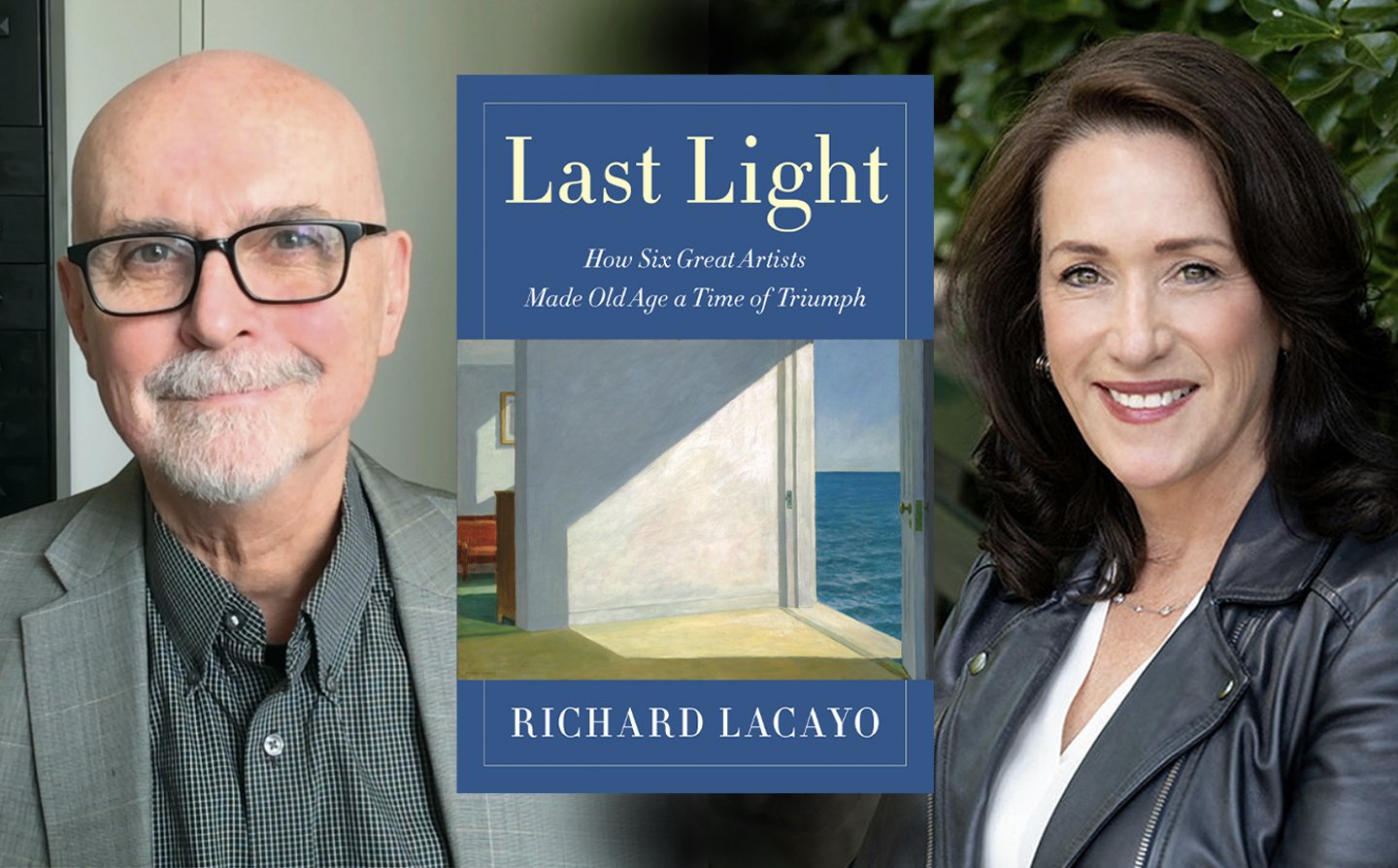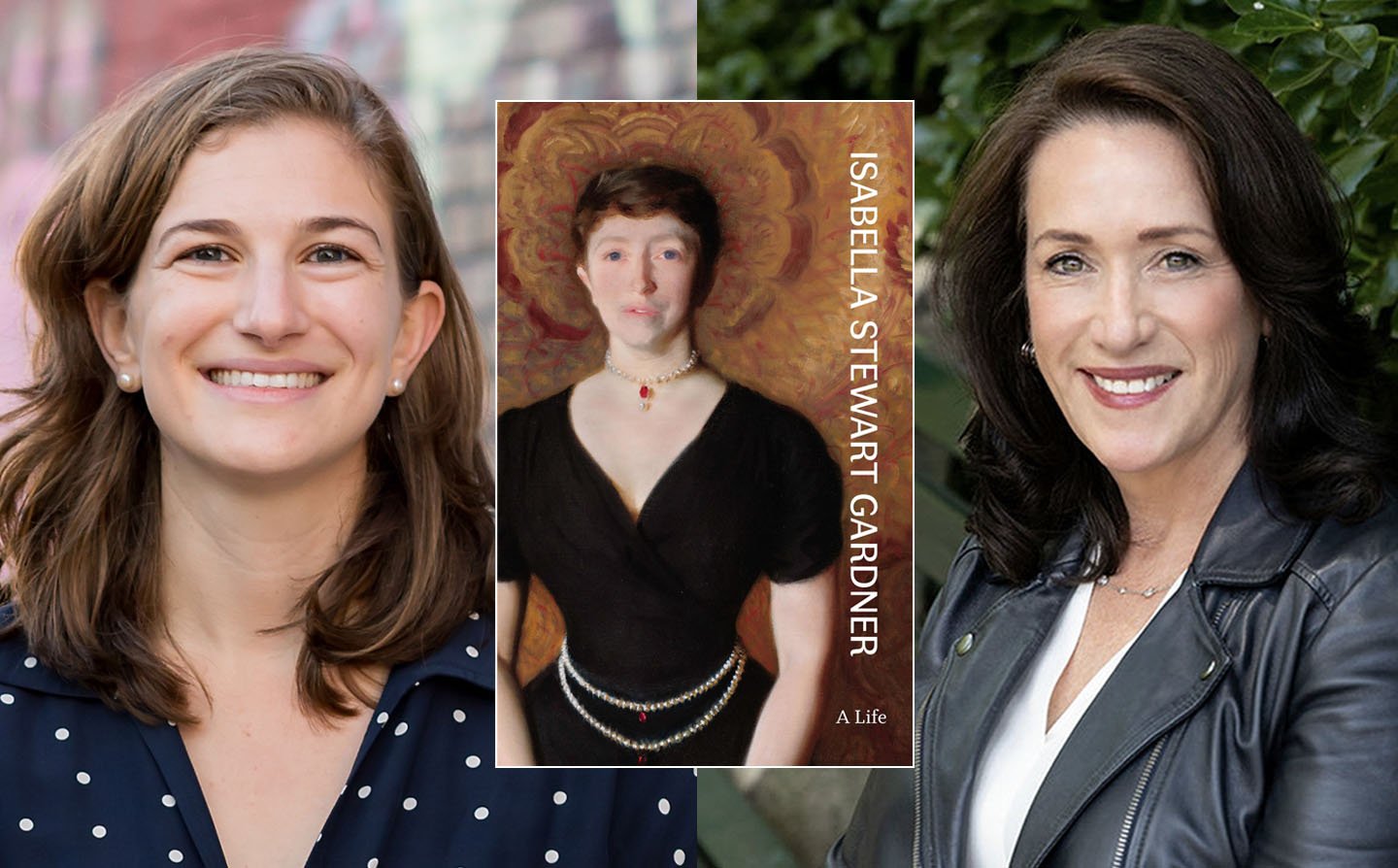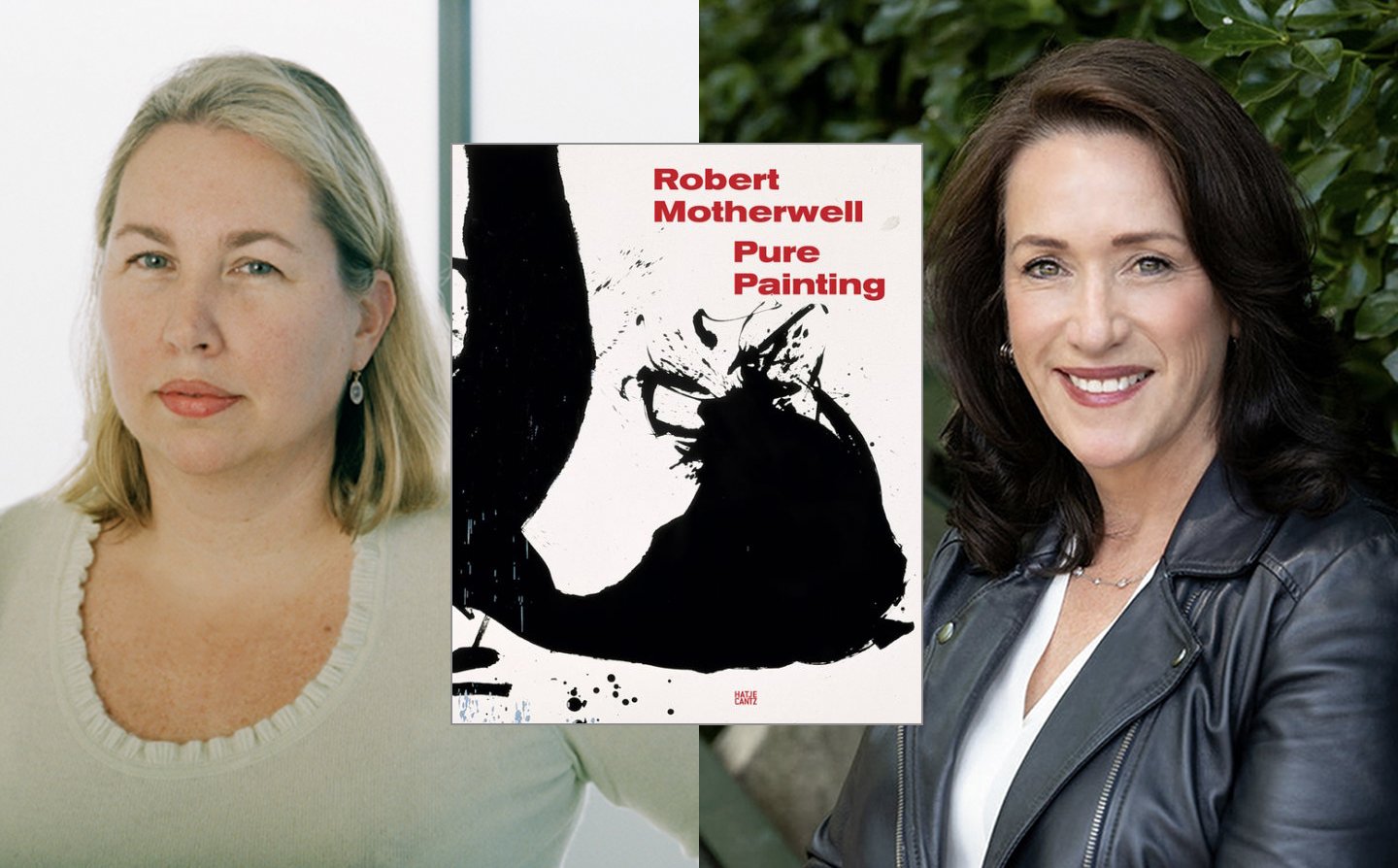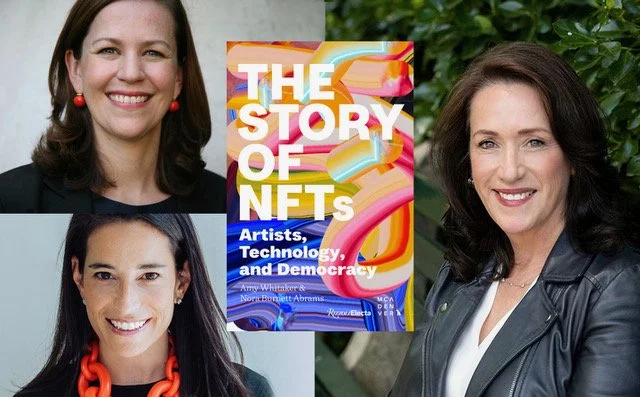Every holiday season, we love creating our list of some of our favorite art books for holiday gifting. This year, we are excited to share our list on Giving Tuesday as we will be donating proceeds from any book sales to Read To Grow, a not-for-profit whose mission is to promote language skills and literacy for children.
Which books will you add to your gift list?
By Susan Alyson Stein
Published by The Metropolitan Museum of Art and distributed by Yale University Press, Van Gogh’s Cypresses is the first book to study the artist’s fascination with the “tall and dark trees.” This richly illustrated exhibition catalog tells the story of van Gogh’s initial investigations to his full realization of the motif in paintings such as The Starry Night.
Why I picked this: The book, like the exhibition, tells the story of the last years and months of Van Gogh’s life, and how his return again and again to the motif of cypresses continued to fascinate and sustain him.
By Stephan Wolohojian and Ashley Dunn
With contributions by Stéphane Guégan, Denise Murrell, Haley S. Pierce, Isolde Pludermacher, and Samuel Rodary
Published by The Metropolitan Museum of Art, Manet/Degas is the first book to consider the two artists’ careers in parallel—how their decisions overlapped, diverged, and shaped each other's artistic choices. This richly illustrated, in-depth study offers an opportunity to reevaluate preeminent artworks such as Manet's Olympia and Degas's The Absinthe Drinker.
Why I chose this book: Quite simply, a landmark exhibition and landmark book on arguably two of the greatest artists of the 19th century.
Edited by Claudia Schmuckli
Published by DelMonico Books and the Fine Arts Museum of San Francisco (FAMSF), Kehinde Wiley: An Archaeology of Silence features a new body of work by American artist Kehinde Wiley. The sculptures and paintings highlighted in this exhibition catalog expand on the artist’s 2008 series of a group of large-scale portraits of young Black men inspired by Hans Holbein the Younger’s The Dead Christ in the Tomb (1521–22).
Why I chose this book: Underlying the beauty and complexity of Wiley’s masterful images are powerful messages about social injustice that should awaken all of us.
Preface by Elizabeth Smith.
Text by Douglas Dreishpoon, Suzanne Boorsch.
Roundtable with Katharina Gross, Pepe Karmel, Mary Weatherford.
Published by Radius Books in conjunction with the Helen Frankenthaler Foundation, this book is the first to explore the late period of Frankenthaler’s art and life and features over 90 plates and archival images from 1988 to 2009. In these later years, Frankenthaler’s practice evolved through the use of mixed media and diverse processes.
Why I chose this book: Like so many artists, Frankenthaler’s early work dominated the conversation about her career; yet her late work demonstrates an aesthetic confidence that is now being fully appreciated.
By Elliot Bostwick Davis
Published by Rizzoli Electa, Edward Hopper & Cape Ann illuminates the history of Edward Hopper’s years in and around Gloucester, Massachusetts in the 1920’s. This period is when Hopper first began to explore watercolor painting outside, and discovered one of his favorite subjects: houses and vernacular architecture.
Why I chose this book: The beautiful story of Hopper and his artist wife Josephine Nivison and her role in his burgeoning career is evidenced in this remarkable collection of early works.
Edited with text by Stephanie Mayer Heydt. Edited with illustrated chronology by Audrey Lewis. Foreword by Rand Suffolk, Thomas Padon. Text by Ellen E. Roberts, Karli Wurzelbacher, Ara H. Merjian
Published by DelMonico Books, High Museum of Art and Brandywine River Museum of Art, this exhibition catalog is the first major monograph of Stella’s nature paintings. The exhibition and book provide an overdue spotlight on the artist’s wide-ranging body of work that ranged from strikingly realistic to poetically visionary in its unique expression of the natural world.
Why I chose this book: Stella’s pure paintings of the natural world are pure joy—rapturous Modernist creations.
Published by Fondation Louis Vuitton and Citadelles & Mazenod, this exhibition catalog highlights the first retrospective in France of Rothko’s art, bringing together 115 works from major institutional collections, including the National Gallery of Art, the Tate and the Phillips Collection, as well as from major international private acquisitions, including the artist's family collection. The works are exhibited in a presentation that closes resembles the artist’s wishes.
Why I chose this book: This once-in-a lifetime exhibition in Paris and accompanying book show us why we can never stop looking at and thinking about Rothko’s work.
By Richard Lacayo
Published by Simon & Schuster, I recently spoke with Richard Lacayo on my podcast series, Reading the Art World, where we discussed the careers of six great artists, including Monet, Renoir, Pollock, Hopper and Nevelson, many of whom produced some of their best works in old age.
Why I chose this book: Each chapter on each artist tells the story of their transformative inspiration and creativity in their later years.
By Patrick Bringley
Published by Simon & Schuster, All the Beauty in the World: The Metropolitan Museum of Art and Me provides an intimate portrait of the museum from the perspective of a former New Yorker staffer who spent a decade as a museum guard. Readers follow Bringley as he guards delicate treasures, strolls the galleries, and marvels at the beautiful works in his care.
Why I chose this book: Bringley reminds us how visits to art museums can be transformative and inspiring experiences—-if we slow down enough to really look.
By Susan Magsamen and Ivy Ross
Published by Penguin Random House, Your Brain on Art: How the Arts Transform Us illuminates the science of neuroaesthetics, which offers proof for how our brains and bodies transform when we participate in the arts. Authors Magsamen and Ross provide research that shows how engaging with art for even short periods of time reduces cortisol—ultimately extending your life and improving your health.
Why I chose this book: We know that art inspires our lives—this book shows us the science behind the experience.
Edited with introduction by Eva Respini. Foreword by Jill Medvedow.
Text by Vanessa Agard-Jones, Rizvana Bradley, Dionne Brand, Denise Ferreira da Silva, Malik Gaines, Saidiya V. Hartman, Daniella Rose King, Simone Leigh, Jessica Lynne, Nomaduma Masilela, Katherine McKittrick, Uri McMillan, Sequoia Miller, Steven Nelson, Tavia Nyong’o, Lorraine O'Grady, Rianna Jade Parker, Yasmina Price, Anni Pullagura, Sharifa Rhodes-Pitts, Christina Sharpe, Hortense J. Spillers
Published by DelMonico Books and the Institute of Contemporary Art, Boston, Simone Leigh is the first major monograph of the artist’s sculptures, videos, installations and social practices exploring ideas of community, Black feminism and the African diaspora.
Why I chose this book: Multiple writers, scholars, artists, sharing their perspective on Simone Leigh’s multi-faceted work.
Edited by Gregor J M Weber, Pieter Roelofs and Taco Dibbits (all of whom work at the Rijksmuseum, Amsterdam)
Published by Thames & Hudson,Vermeer was created to accompany the once-in-a-lifetime exhibition at the Rijksmuseum, Amsterdam. The book is the first major authoritative study of Vermeer's life and work for many years, shedding light on all thirty-seven of his paintings. Richly illustrated using thoughtfully chosen printing materials, Vermeer is the definitive volume for any admirer of the Dutch masters.
Why I chose it: I love it for everyone, including me, who was unable to see the once in a lifetime exhibition.


